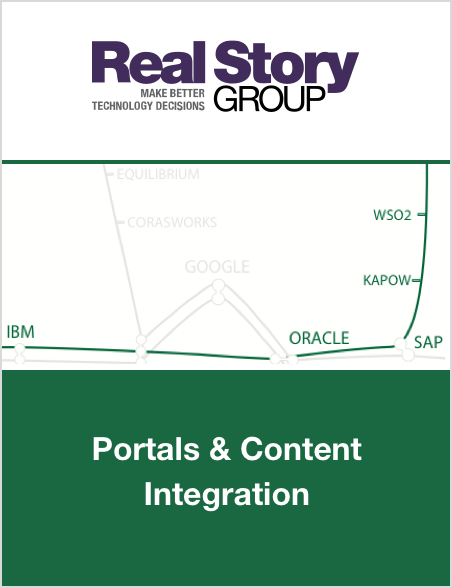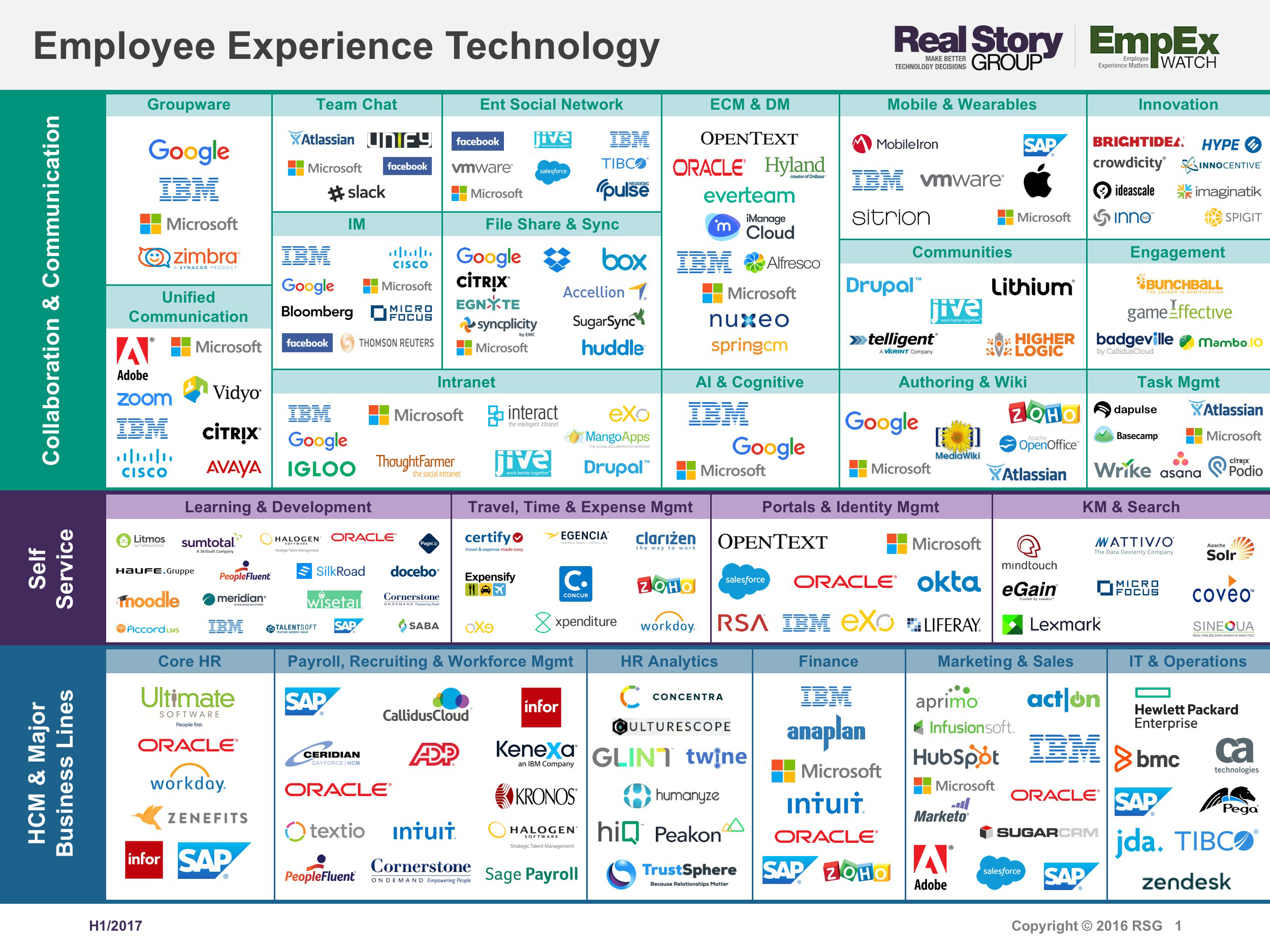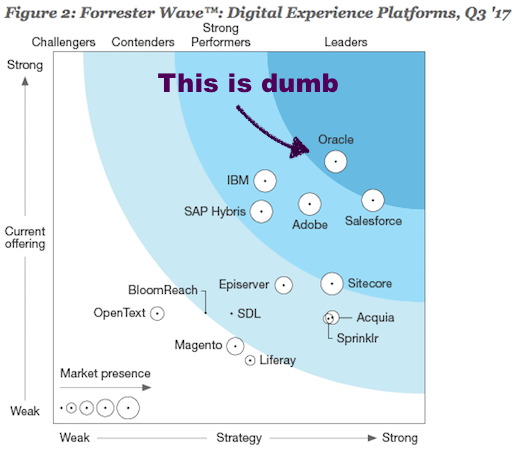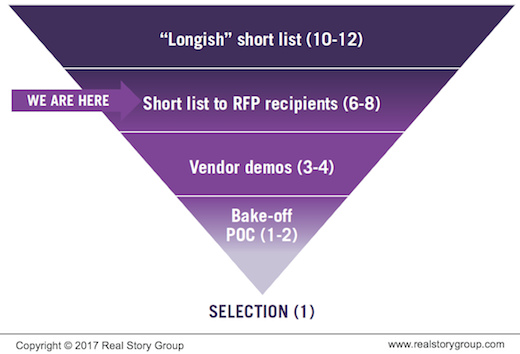Liferay vs IBM WebSphere Portal
Enterprise portal technology remains an important piece for many enterprise digital toolkits, but as a marketplace it's relatively smaller than the others that we cover. We find IBM and Liferay Portal offerings figuring in a majority of enterprise shortlists, especially among organizations that can't or won't use SharePoint as a portal platform.
What makes IBM WebSphere Portal and Liferay similar?
Both vendors’ core Portal offerings have many similarities in terms of development approaches, programming models and capabilities.
When it comes to traditional Portal tools, WebSphere and Liferay have always been at the forefront when it comes to using standards/technologies such as Portlets, JSR, WSRP, and others. While other tools also support these standards (to varying degrees), they often bring their own, rather proprietary implementations.
Both these tools run atop a Java-based application server and allow you to build applications using “portlets. " If you develop your portlets based on standards, it is often possible to develop them on one vendor's platform and deploy them on others (it may not be straightforward but it’s not impossible). Neither tool ties you to a specific application server, although IBM would prefer if you use WebSphere application server.
Over the past year, both have moved away from the portal moniker and now try to sell this technology as part of a broader suite, incidentally both using similar nomenclature — IBM Digital Experience versus Liferay Digital Experience Platform. However, our research suggests that both vendors struggle to empower digital business managers, as their portal tools remain comparatively developer-heavy.
How are they different?
Despite many similarities, Liferay and IBM WebSphere are quite different different and suited for divergent use cases.
Liferay is comparatively lighterweight and less expensive as compared to WebSphere. You can install Liferay in a few minutes on a desktop. Try doing that for WebSphere and you’ll notice quite a difference. Liferay also supports more choices in terms of both hardware and software compatibility. It comes bundled with numerous portlets that can help you get started very fast.
WebSphere, on the other hand is more complex, expensive, and heavy. But it is also more suitable for very complex scenarios where non-functional requirements such as scalability and reliability become critical. Sure, Liferay can be scaled, but you will almost always find more examples of heavy and complex applications built using WebSphere as compared to Liferay.
Liferay will try to sell you a growing number of adjunct tools under its DXP Suite, but it's less of an invitation to spend money than you'll get with IBM. Big Blue will push you hard to supplement WebSphere Portal with a panoply of other IBM tools and applications.
What should you do?
If you are evaluating Portal technology, first-off, remember that other vendors besides these two might prove more suitable for you. You can also employ non-portal platforms alternatives to address “Portal-lite” use cases.
Finally, remember that instead of selecting one of these tools for all your needs, you might be better off with both. We’ve seen several of our larger enterprise subscribers using both WebSphere and Liferay Portals for different use cases.
We can of course help with tool selection via our shortlist generator and hard-hitting vendor evaluation reports.









